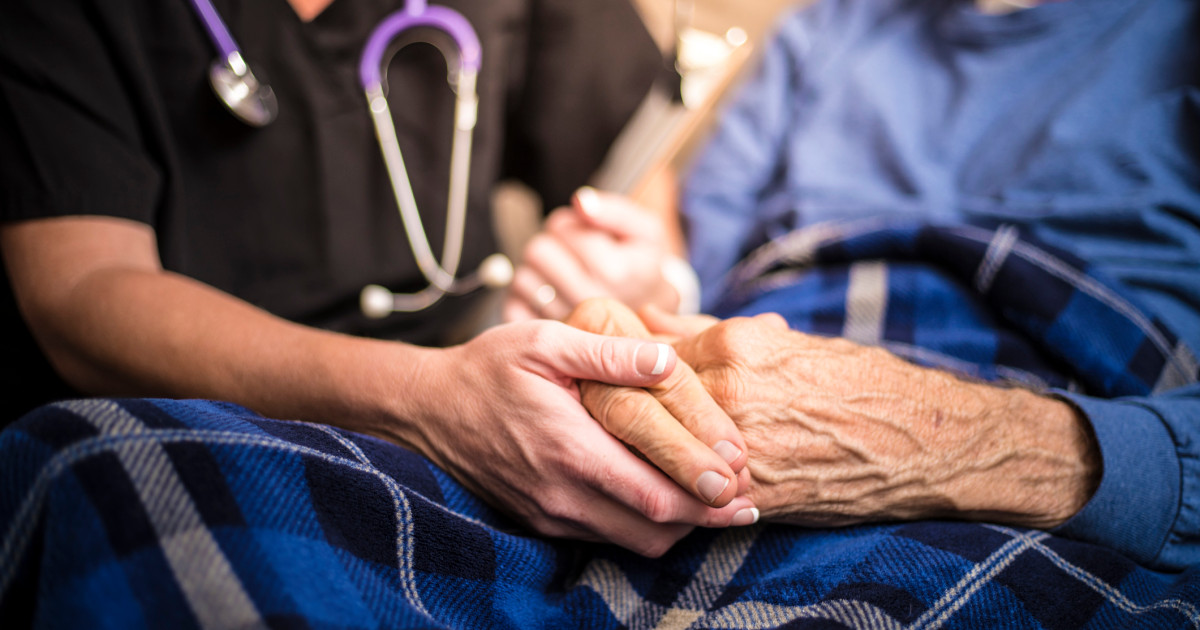Guide To The Causes Of Cervical Dystonia
Age And Gender
Age and gender don't appear to cause cervical dystonia by themselves. There have been cases where individuals of all genders and ages were affected, including children and the elderly. However, an individual's age and gender do appear to affect their risk of developing cervical dystonia. Around twice as many women develop cervical dystonia than men. In addition, most patients who develop the condition are between forty and sixty years old. One study indicated men with cervical dystonia tend to develop the condition at a significantly earlier age than women with cervical dystonia, which is interesting. If it's true that men are more likely to present with symptoms earlier, then they may be statistically more likely to develop the condition before turning forty years old. In addition to cervical dystonia, the study found men were likely to develop focal, primary segmental, laryngeal, and blepharospasm-related dystonia at earlier ages of onset than women. It's not well-known what sex-linked factors cause this discrepancy, nor is it known why women more commonly develop cervical dystonia than men.
Learn more about the causes of cervical dystonia now.
Presence Of Neurological Disorders

The presence of neurological disorders can influence the development of cervical dystonia. In these cases, it's common for patients to have other types of dystonia as well. The neurological disorders might have other neurological symptoms. These are cases of secondary dystonia that should be treated by first treating the underlying neurological condition. One of the most common neurological disorders that can result in dystonia, including cervical dystonia, is Parkinson's disease. Parkinson's disease, which first causes movement issues, is progressive and terminal. Patients with Parkinson's disease have reduced dopamine levels because the part of the brain that creates dopamine begins to die. This leads to a lack of coordinated and smooth muscle movement. When anywhere from sixty to eighty percent of the cells of this part of the brain have died, Parkinson's disease symptoms will begin appearing. In addition to developing cervical dystonia, it's common for patients to develop a tremor, stiffness in the arms and legs, and trouble with walking. They might have a tendency to fall, experience issues with maintaining their balance, and their movements might be slow.
Get more information on what can cause cervical dystonia now.
